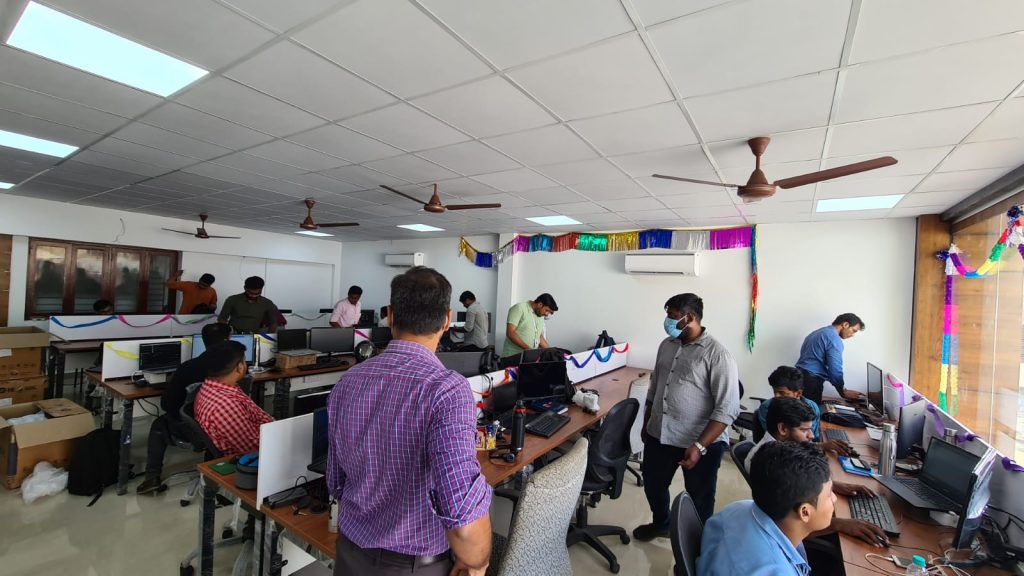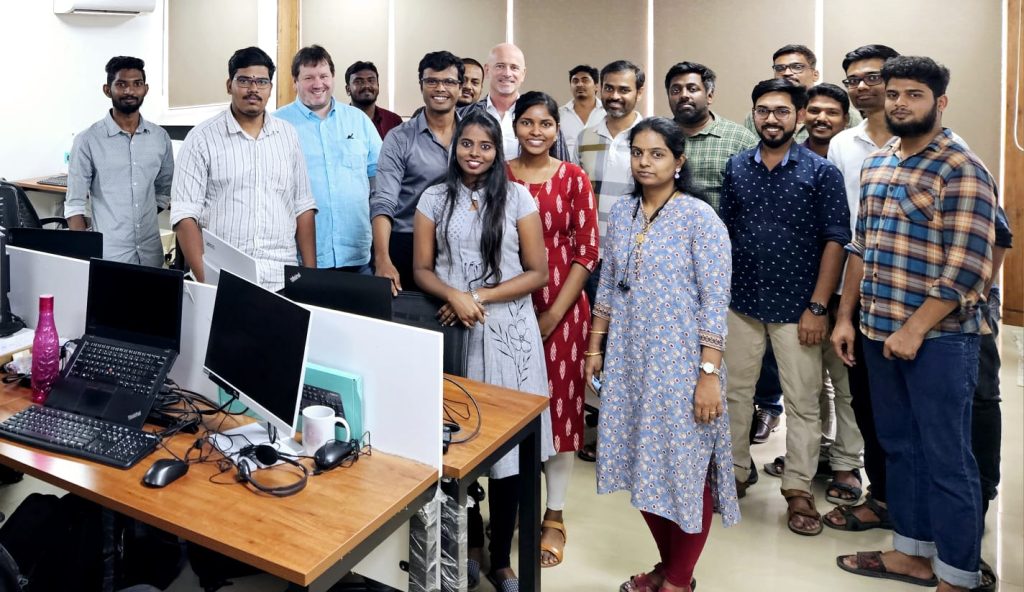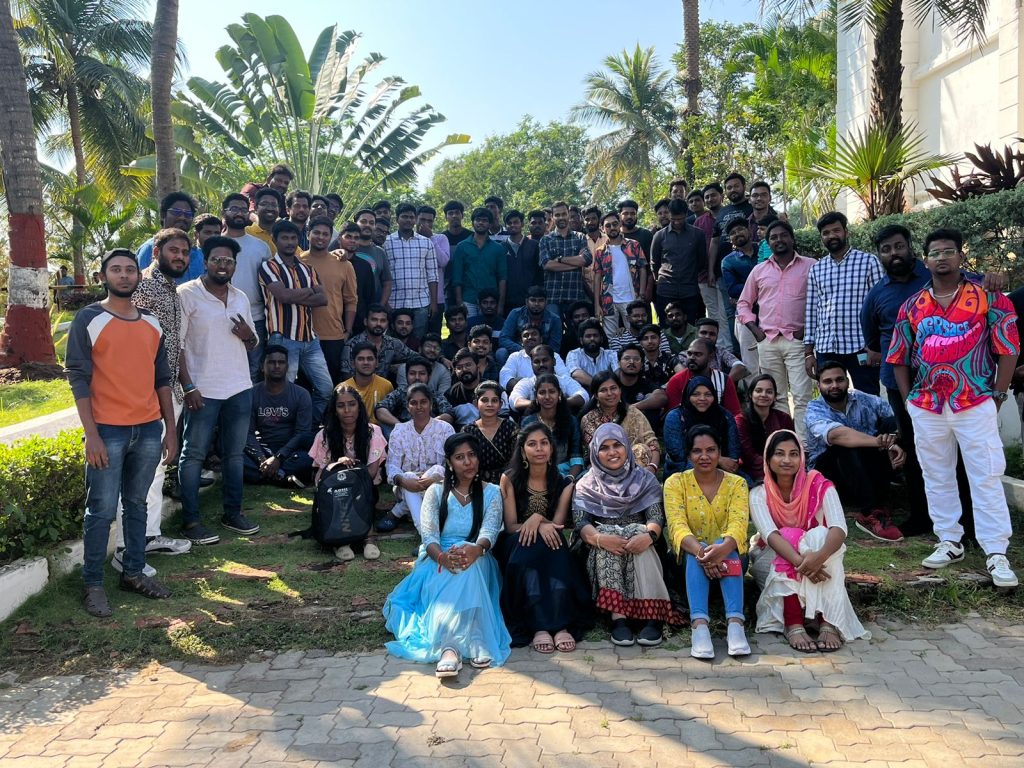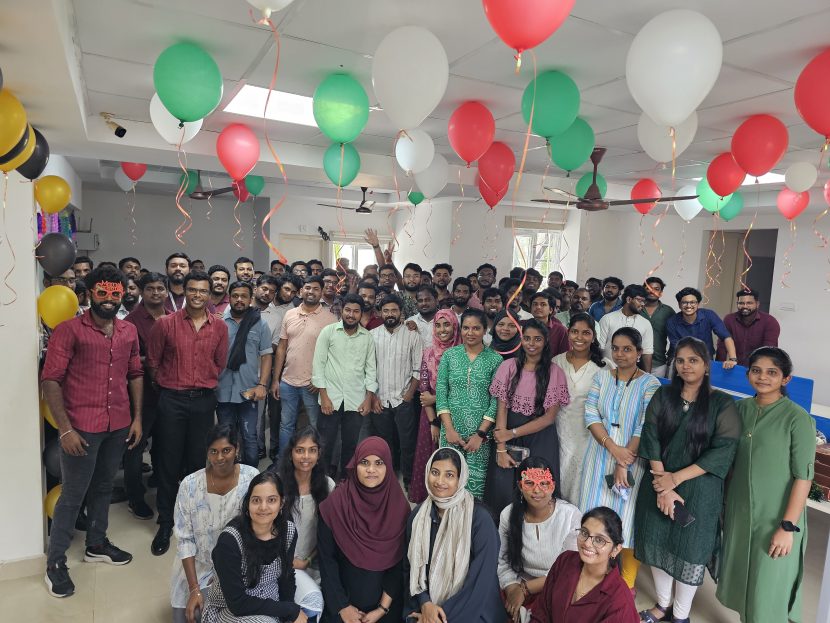The journey of Prolaborate is one of hard work and growth, it was founded by Nizam Mohamed in the year 2013 as a small consulting firm and now it is one of the leading software solutions for enterprise architecture, resulting in 48- enterprise deployments, including more than 90 Fortune 500 companies, with nearly $3M in ARR.

In this edition, we will share the gist of our discussion with Mr. Nizam Mohamed about his M&A journey and experiences.
We’ve shared some of the important Q&A (Questions and answers given by Mr. Nizam Mohamed) that will help entrepreneurs who are planning for mergers and acquisitions.
1. Can you walk us through the journey from founding the company to its acquisition?
Hi, I’m Nizam Mohamed, the founder of Prolaborate – a software that specializes in collaboration and insights for enterprise architecture teams. Our journey began in 2013 after returning from Australia, where we spent nearly a decade working on architecture modeling tools. We started as a consulting firm in India, helping teams focus on architecture based on tools. However, over time, we realized the need to foster collaboration in this space.
The tools we worked on had a large customer base, used by many companies worldwide, but there was a disconnect between business and IT. The information architects captured wasn’t understood well by stakeholders, so we came up with the idea of developing Prolaborate in 2015. It took us two years to build the application, and we launched the first official version in 2017.
The first customer who was keen to see a demo was none other than Microsoft in Seattle. The demo went really well, but we were not able to make progress because we didn’t have a background. Ours was a very small startup.
However, we made progress in the enterprise B2B software space throughout 2017-2018 – a challenging market dealing with large companies investing in architecture and future improvements. We faced pressure and legal notices from a company we were closely associated with, who misunderstood us as their competition.
After a series of discussions, we presented ourselves to that company as a complementary product rather than a competitor, resulting in a joint venture where we co-branded and took the product to the audience. This was a turning point, and we went from eight to nine customers to nearly 500 deployments in Q4 2023, including 92 Fortune 500 companies. We were making around 3.3M US ARR by Q4 2023.
Now, we have almost crossed the chasm in the product life cycle, and the late majority will make a lot more sense if this is part of a larger company with a stronger brand position. We proposed to the Australian company, Sparx Systems, who is the leader in enterprise architecture tool space, that they acquire Prolaborate and consolidate it within their offering. After careful due diligence, they agreed, and this will mark a new beginning. Check Here.
2. What were some of the biggest challenges you faced while growing and scaling your SaaS business in India, and how did you overcome them?
Throughout our journey, we faced many challenges. However, we were fortunate to have an excellent team in India, which was crucial to our success. As a non-technical founder, I relied on my vision, idea, and initial funding to get started. I was fortunate to have a talented technical counterpart who was willing to commit to building our product from scratch.
Despite having a great team, we faced several hurdles, such as entering a market dominated by strong incumbents with deep pockets. As an Indian company, we had to overcome adoption issues and stereotypes, especially when trying to make inroads with the procurement side of the business.

We found that co-branding with an Australian company and traveling in their shadows was key to addressing this challenge. However, we still had to overcome the biases of seniors and native English speakers that dominated conferences and events in enterprise architecture.
We persevered by seeking out every opportunity to build a case for our product at such events. We built a solid reputation using those opportunities, and in time we were recognized as a keynote speaker at the same conference that once rejected us.
Another significant challenge we faced was adapting to the post-COVID world, where teams started working from home. Since our company’s focus is R&D and development, we had to adjust to the sudden shift to remote work and find new talent amid a massive influx of startups in India.
To overcome this challenge, we focused on hiring individuals who aligned with our culture and DNA, rather than just their technical skills. We also developed a cyclical process of training and nurturing new talent, which helped us build a strong, home-grown team.
Despite these challenges, we never gave up, and our efforts paid off. Today, we are proud of the reputation we have built and the success we have achieved.
3. What factors led to the decision to sell the business, and how did you navigate the negotiation and acquisition process?
We have made steady progress since starting our work in 2019. However, we have noticed that our customers have become more cautious and the due diligence process has taken longer.
We may have transitioned from the early adopters stage and are now positioned for exponential growth with the late majority. To achieve this growth, we decided that consolidating our product within a stronger brand would be more beneficial than our current arrangement.
We proposed this idea to an Australian company that is a leader in the architecture tooling space. They agreed to consolidate our product within their brand and offer us a single offering, which would help us achieve the exponential growth that our product is poised for.
At the time of this decision, we had around 3.3 million US dollars in ARR (annual recurring revenue), with a yearly growth rate of 60-70% over the last five years. However, we could have sold our product as a package to an external investor and received a higher price.
Despite this, we believed that the brand we had been using was one of our strengths and would benefit from being sold to the same company with whom we had a joint venture (JV). We needed to offer discounted pricing, as they understood that their brand was also contributing to the progress.
The negotiation process was challenging, but we were able to articulate where we were currently and where we could go in the next couple of years. We are also committed to working with their consolidated product, as we did for Prolaborate. After a smooth acquisition process, we were given six months to transition our work to them.
4. Now that you’ve transitioned away from your previous venture, can you tell us about your new venture and what inspired you to pursue it?
I still haven’t fully processed the fact that we have left Prolaborate. It was like a child to me; I had invested so much time and effort into it, and it had become a promising product. Now that we’ve exited, I’m serving as a director for enterprise sales for the parent company, helping them with Prolaborate.
Our focus has shifted to building a cloud transformation capability over the past two years. Collaboration in the enterprise architecture space has been a transformational tooling market. However, many of these tools are still deployed on-premises in their own data centers because they have been in the market for 20 years or so. We are offering a solution to modernize these applications.
We have already achieved early success, taking one of the tech stacks and extending it to modernize legacy applications, which has been featured on AWS as a case study. We also help organizations worldwide migrate from their current setups to the cloud. We’re now focusing on developing an AI-based architecture insights platform to transform the architecture space using AI.
Recently, we built a proof of concept or an initial offering, an AI-based architecture insights platform, which was extremely well-received when we presented it at the AWS AI Conclave. We are now focusing on the cloud transformation side and developing this AI capability to improve on what we already have an edge on.

5. What advice would you give to other founders who are considering selling their businesses to focus on new ventures?
I’m not sure if I’ve achieved enough to advise others, but I can share some experiences. As they say, every overnight success is ten years in the making. This was very true in our case as well. We started in 2013, and we had. In terms of startups, especially in India, India is where we have a lot of talent. We can build a team and translate our idea into a concept or a product in India much easier than anywhere else in the world.
However, a startup should be driven with conviction. It won’t be a process; it will be tough, quite challenging. You can see that all the great stories of successful startups have gone through a gruesome, painful phase where the founders had to sacrifice many things to get there.
We had legal challenges just recently, in 2018. I sat in isolation and wondered how I would continue this. When we were almost running out of funds, legal battles were going on everywhere, and we were not able to make new sales.
A lot has already been invested, and I was even willing to sell a few things or even spell the gold or whatever to continue these operations. After all that deliberation, in 2018, we found a new way to take this forward, and in the next five years, it kind of became a reasonably successful product.
I could say we are one of the, or almost I would say we’re the only, vendors in the architecture space who have developed an offering from India and marketed it to really large companies in the world.
Getting into the Fortune 500 companies took work. We already have more than 92 of them on our customer list, which I am glad about. Still, the journey was not easy, so if you contemplate doing something, have the conviction for it and plan. In the worst case, you should always know there will be many potential upsides once you make it work. Still, there will be many challenging moments when you need to be strong.
As you know, Steve Jobs says if you are sane, you will quit. Still, I’m not saying this to discourage others. India is where we can have such an opportunity built and promoted, but stay focused because you’re just seeing the positive, thriving side of people there. There is a long and arduous struggle behind almost every startup in making it work.
Success Tips:
From humble beginnings to successful acquisition in 2023, the journey of Prolaborate is a testament to the power of perseverance, vision, and ability to adapt.
Despite numerous challenges from market competition and legal hurdles to complexities in scaling, solid commitment and collaboration led to the creation of a product that resonated with some of the world’s largest companies.
This M&A journey shows the importance of conviction, strategic partnership, and the willingness to embrace new opportunities, even in the face of adversity.
We hope you learned many valuable lessons from this inspiring and help you make a growth decision for your future projections.
If you have such M&A plans and need any assistance for a successful transaction, do not hesitate to write us at [email protected]
